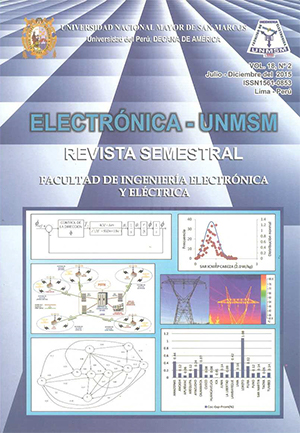Non-Ionizing Radiation from Mobile Phones in Peru, limits, assessment and recommendations for users
Keywords:
RNI, SAR, electro-magnetic waves, mobile phoneAbstract
Accomplish this task it was used information from the International Agency for Research on Cancer (IARC), the GSM Association (GSMA), the Federal Communications Commission (FCC), the Peruvian Ministry of Transports and Communications (MTC), the Peruvian Body for Private Investment in Telecommunications (OSIPTEL), mobile phone manufactures and non-profit associations besides individual authors that all of mobile telephones certificated complied with general public ICNIRP limits, but we need to be careful in general the results showed that rnost probable SAR in the Peruvian rnarket is 1 Wkg-1. with sorne smartphones that work on the edge of the limits when operating in simulcastDownloads
Published
2015-12-31
Issue
Section
Original papers
License
Copyright (c) 2015 Víctor M. Cruz Ornetta, Bladimir I. Guevara Minaya, Almendra S. Vásquez Cainicela, Christopher Livia Gil, Ricardo Torres Silva, Eduardo Grados Velásquez, Daniela Tovar Lara

This work is licensed under a Creative Commons Attribution-NonCommercial-ShareAlike 4.0 International License.

Electrónica - UNMSM by Facultad de Ingeniería Electrónica y Eléctrica de la Universidad Nacional Mayor de San Marcos is licensed under a Creative Commons Attribution-NonCommercial-ShareAlike 4.0 International License.
Based on a work at http://revistasinvestigacion.unmsm.edu.pe/index.php/electron/index.
How to Cite
Non-Ionizing Radiation from Mobile Phones in Peru, limits, assessment and recommendations for users. (2015). Electrónica - UNMSM, 18(2), 63-69. https://revistasinvestigacion.unmsm.edu.pe/index.php/electron/article/view/15286


